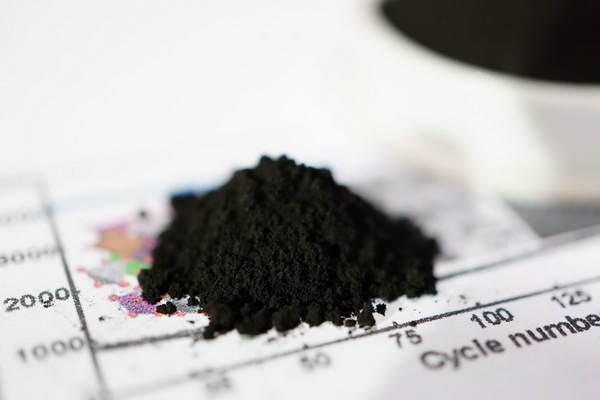Research Team Led by Professor Jyh-Ming Ting Develops Highly Stable High-entropy Material for Lithium-ion Battery Anode
Entropy refers to the degree of disorder in a system. Thermodynamically, entropy is one of the pillars that stabilizes materials. However, this had not been realized until 2004 when high entropy alloys (HEAs) were reported in 2004 by Professor Jien-Wei Yeh at National Tsing Hua University in Taiwan. Following the HEAs, another high entropy material (HEM), namely, high entropy oxide (HEO), was reported in 2015.
Up to date, several high entropy materials have shown outstanding physical and chemical properties that have never been seen before. This, coupled with the huge composition space, ignites intensive investigations in high entropy materials throughout the world. Among the efforts, HEM has found itself diverse applications, including those related to energy storage. In response this, an inter-university research team led by Professor Jyh-Ming Ting of the Department of Materials Science and Engineering at NCKU is dedicated to explore high-entropy oxides.
They have developed a novel high entropy spinel oxide (HESO) for use a anode in lithium ion battery. The HESO anode outperformances other currently reported high entropy anodes. “What makes us stand out is that we explored a different material structure and selected desirable elements to make the high entropy oxide,” says Prof. Ting. The result of their year-long effort was recently published in Journal of Materials Chemistry A in September. The title of the paper is “High-entropy spinel oxide nanoparticles for superior lithiation-delithiation performance”.

Professor Jyh-Ming Ting
Professor Ting explained that this study employed a simple autoclave method to synthesize the HESO having 5 transition metals of Cr, Mn, Fe, Co, and Ni. The greatest highlight is that the reversible charge-discharge capacity of the HESO anode material reaches 1,235 mAh/g, which is the highest capacity of all known high entropy oxide anodes. In addition, the HESO exhibits an obvious entropy-stabilization effect. This contributes to the rapid charge-discharge performance and cycling charge-discharge stability that are superior to those of the rock-salt high entropy oxides reported in literatures.
Unlike rock-salt type structures, the spinel oxide reported by Ting’s research team also provides diverse valance states, which greatly enhances the le capacity reversibility of the material during the lithiation/delithiation process. Furthermore, the inactive element magnesium (Mg) that is always used in the rock-salt type HEOs is not required in te HESO. Professor Ting’s research demonstrates that the HESO developed by his team is stable enough so the the inactive Mg is no longer needed, giving all of the metals in the HESO active for redox reactions and thus enhanced electric capacity.

The HESO is produced in a powder form with a very uniform size distribution. The diameter of each particle is around 100 nm, a little larger than that of a human hair. Most exciting of all, it has been verified that this process is well-suited for replication and mass production. Professor Ting also disclosed that the next step is to remove the expensive cobalt from the HEM. Cobalt is a rare and precious metal, removing it would thus significantly reduce material costs.




